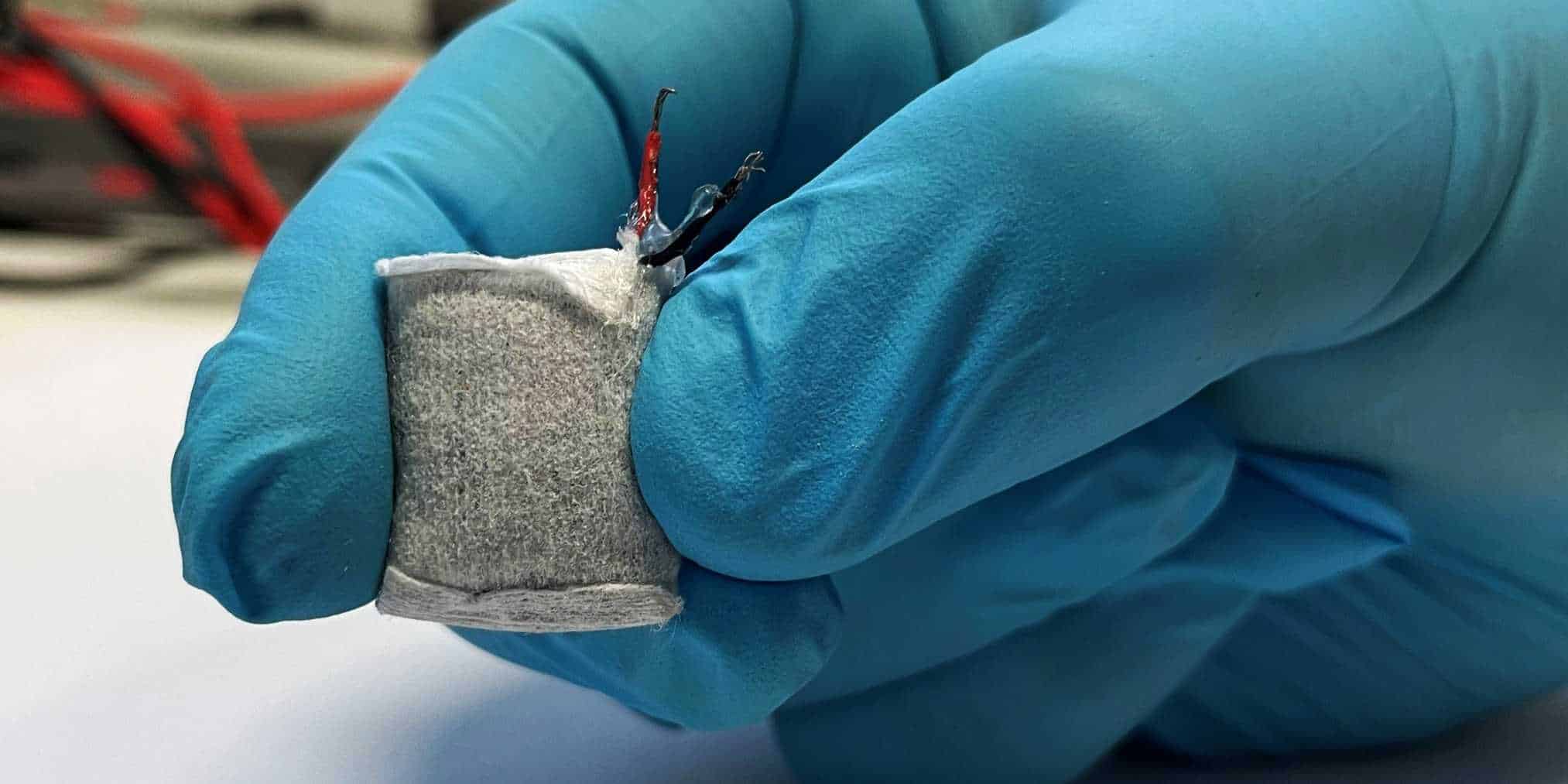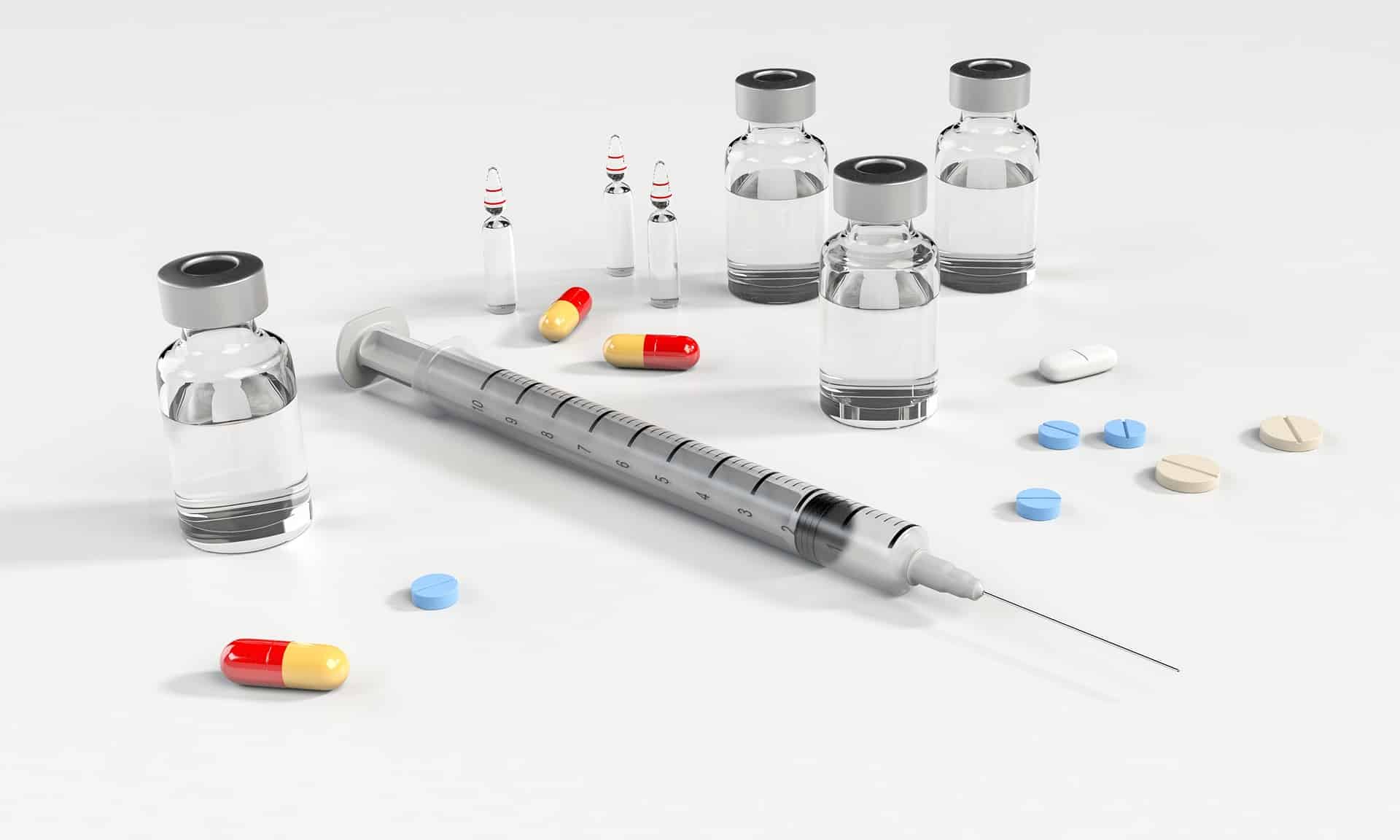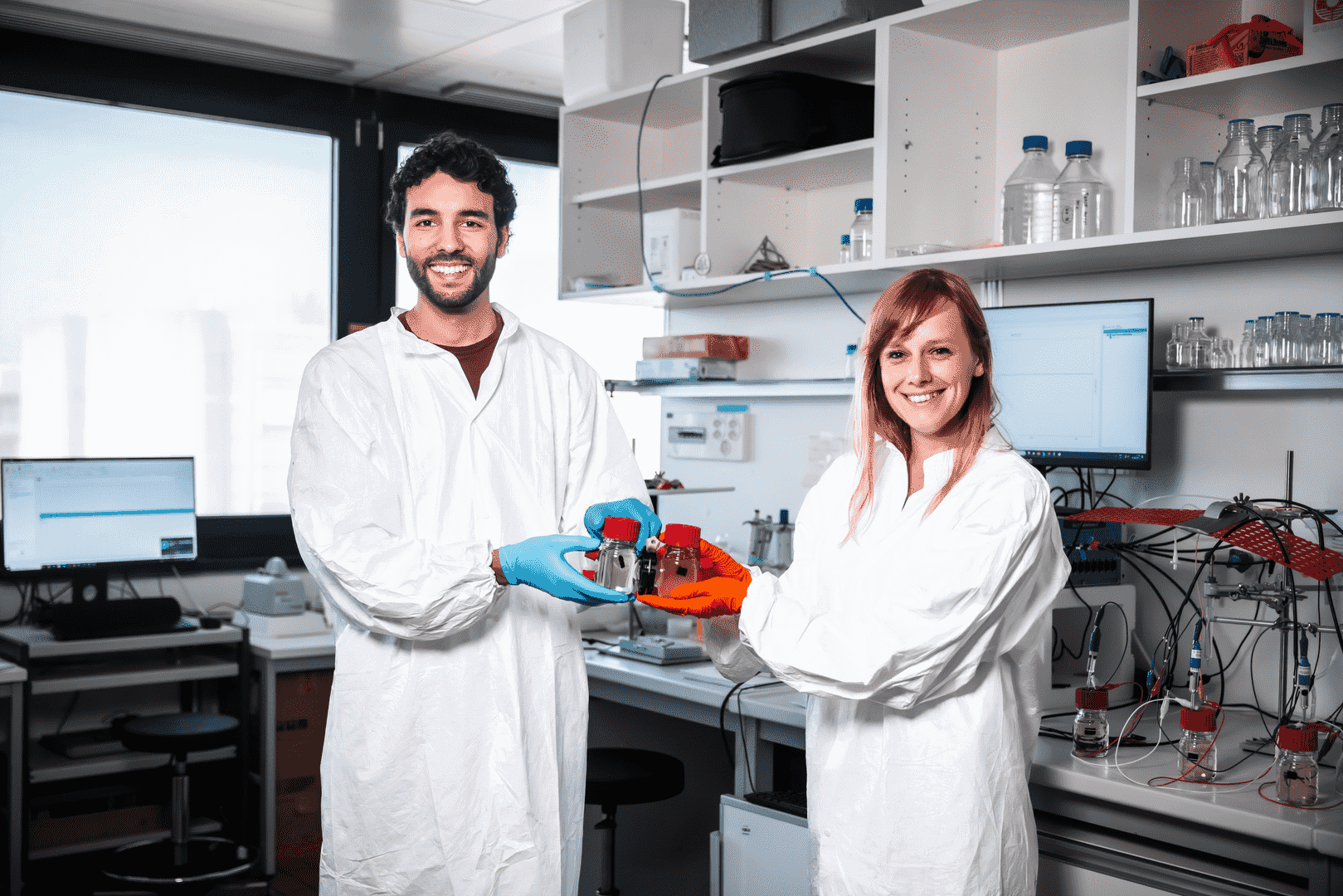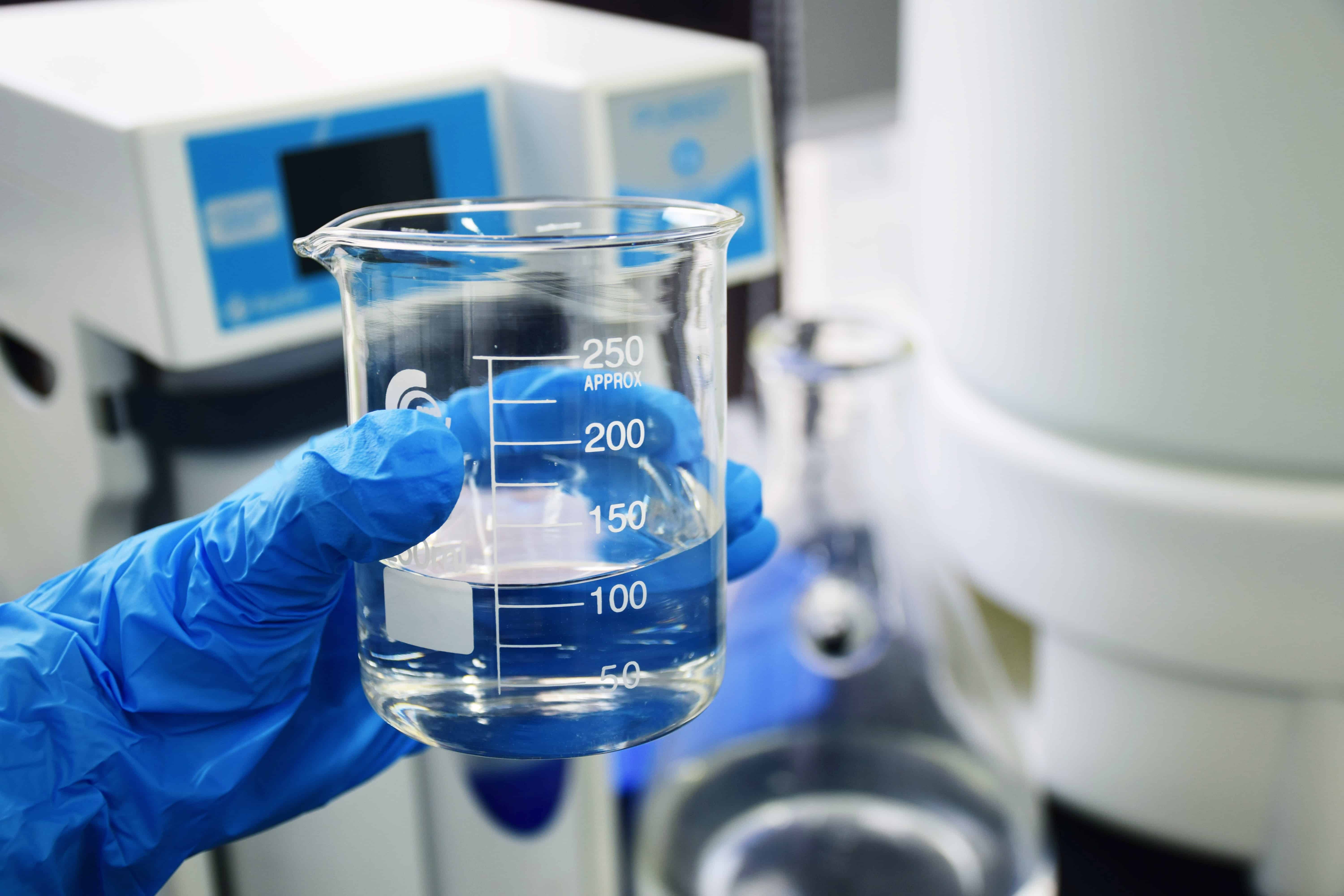
Researchers from ETH Zürich, a public research university in Switzerland, have developed an implantable fuel cell that generates electricity from excess blood glucose, potentially powering medical devices like insulin pumps, says the university in a press release.
The fuel cell, resembling a small teabag, contains a copper-based nanoparticles anode that converts glucose into gluconic acid and a proton, generating electricity. When combined with artificial beta cells, the system can autonomously regulate blood sugar levels. The electrical energy produced is sufficient to communicate with external devices such as smartphones, allowing users to adjust settings via an app. Although the prototype has been successfully tested in mice, it is unclear if it will be brought to market. The researchers seek an industry partner with the necessary resources and expertise to develop the product further.
The inner workings
The implantable fuel cell, created by Martin Fussenegger and his team, is designed to be placed under the skin, where it can access excess blood sugar in tissue. The fuel cell is wrapped in a nonwoven fabric and coated with alginate, an algae-derived product approved for medical use. This alginate coating absorbs body fluid, allowing glucose to pass from the tissue into the fuel cell.
At the core of the fuel cell is an anode made of copper-based nanoparticles, specifically developed for this purpose. The anode is responsible for splitting glucose into gluconic acid and a proton, ultimately generating electricity and setting an electric circuit in motion. This electricity can be used to power medical devices or stimulate artificial beta cells, which can produce and secrete insulin.
Blood sugar regulation
The ETH Zurich researchers have combined the innovative fuel cell with artificial beta cells, previously developed by the same team. These designer cells can be stimulated to produce and secrete insulin, either through an electric current or blue LED light. This combination creates a system that can both generate power and control insulin delivery, providing an autonomous blood sugar regulation network.
As the fuel cell detects excess glucose, it begins to generate power. This electrical energy is then used to stimulate the artificial beta cells to produce and release insulin into the blood, lowering blood sugar levels. Once blood sugar levels fall below a certain threshold, the production of electricity and insulin ceases. The electrical energy generated by the fuel cell is also sufficient for the implanted system to communicate with external devices, such as smartphones, allowing users or doctors to adjust the system remotely.

Potential applications
The potential applications of this implantable fuel cell are immense, particularly for patients with type 1 diabetes who rely on external insulin delivery. The self-regulating system could offer a more seamless and intuitive approach to blood sugar management, reducing the need for constant monitoring and manual adjustments. Additionally, the fuel cell could be used to power other medical devices, such as pacemakers, which currently rely on single-use or rechargeable batteries.
While the prototype has shown promising results in mice, the road to market maturity remains uncertain. The researchers at ETH Zurich do not have the resources or expertise to develop the device into a marketable product and are seeking an industry partner to help bring this innovative bioelectronic technology to fruition. If successful, this implantable fuel cell could be a game-changer for diabetes treatment and other medical applications, ultimately improving the lives of millions of people worldwide.








